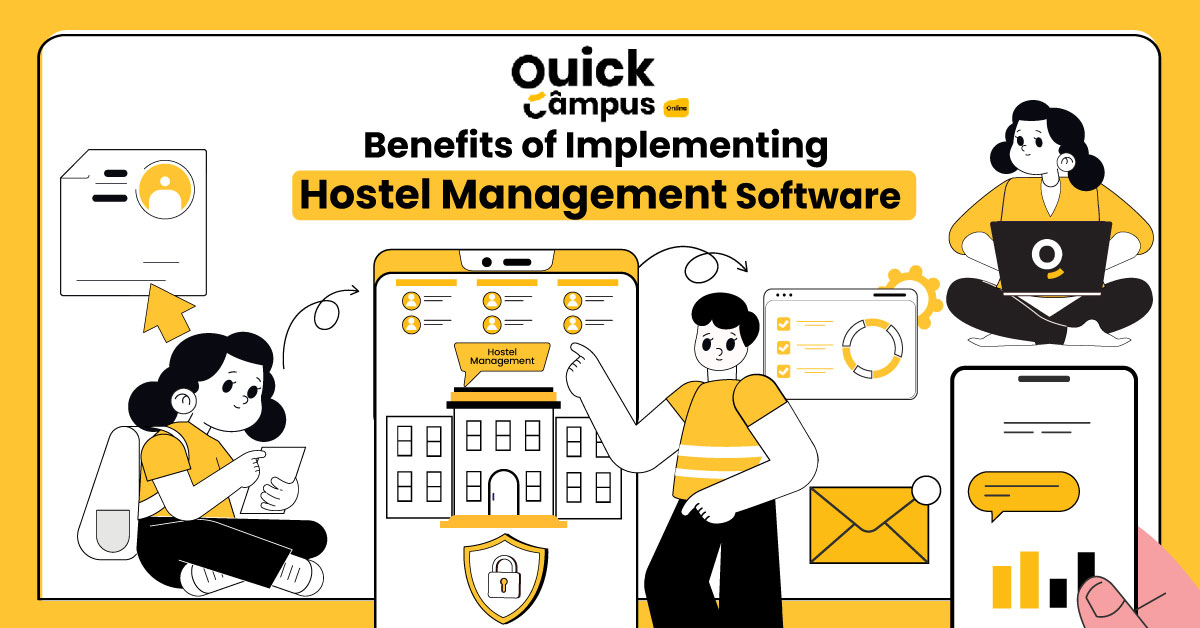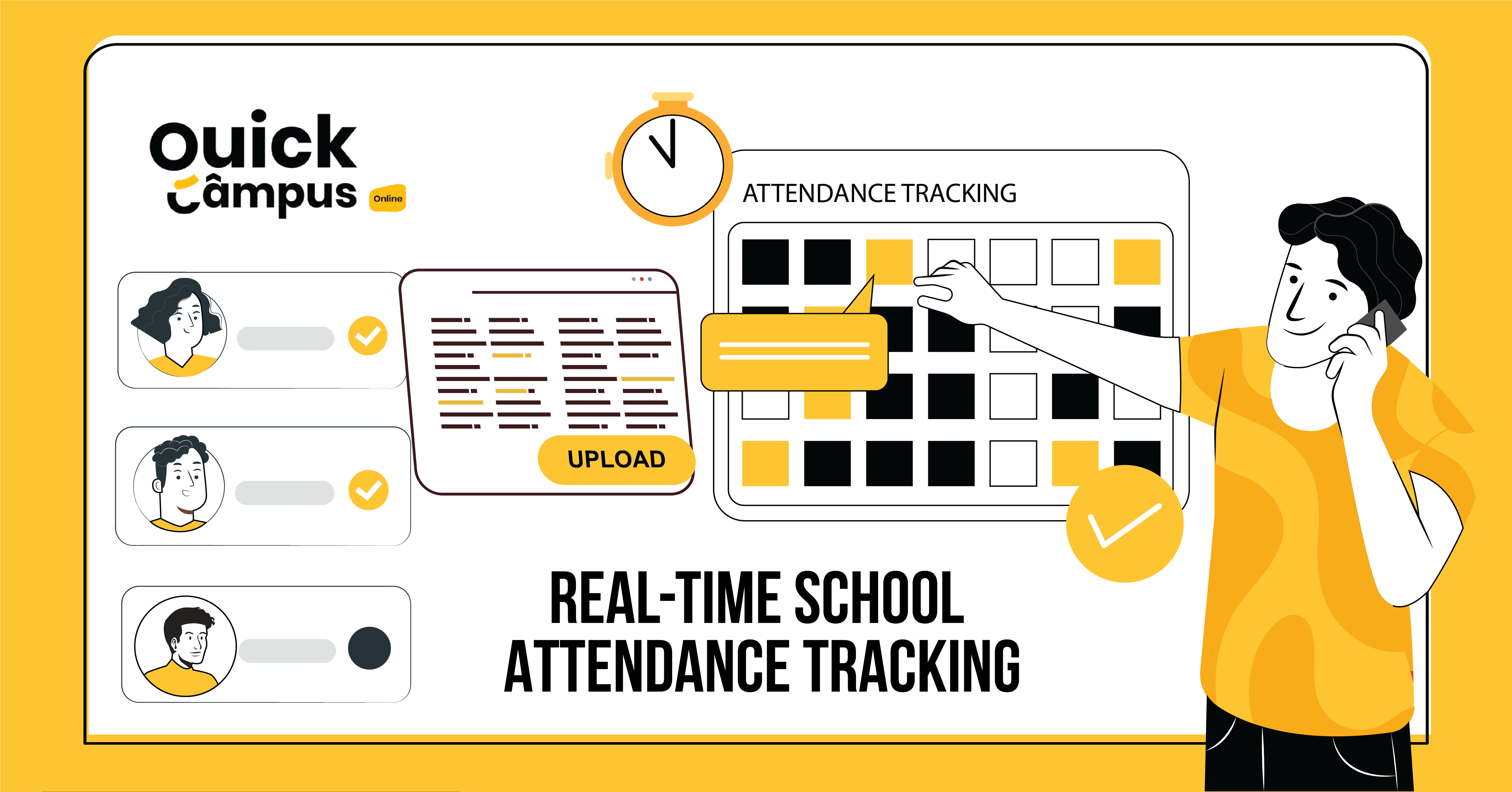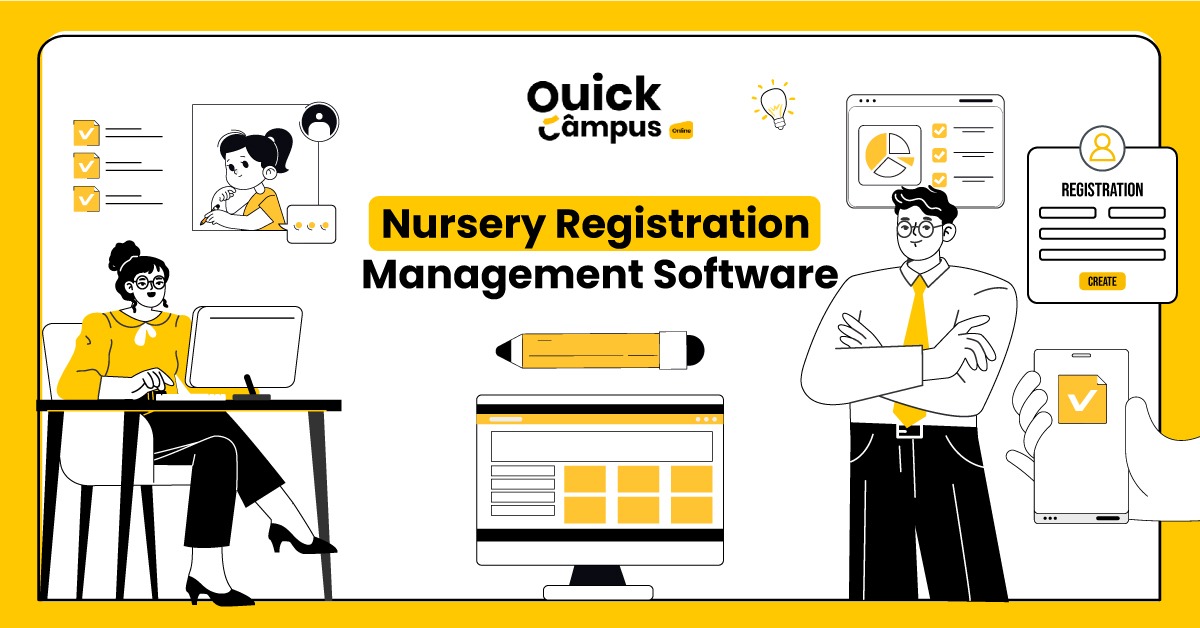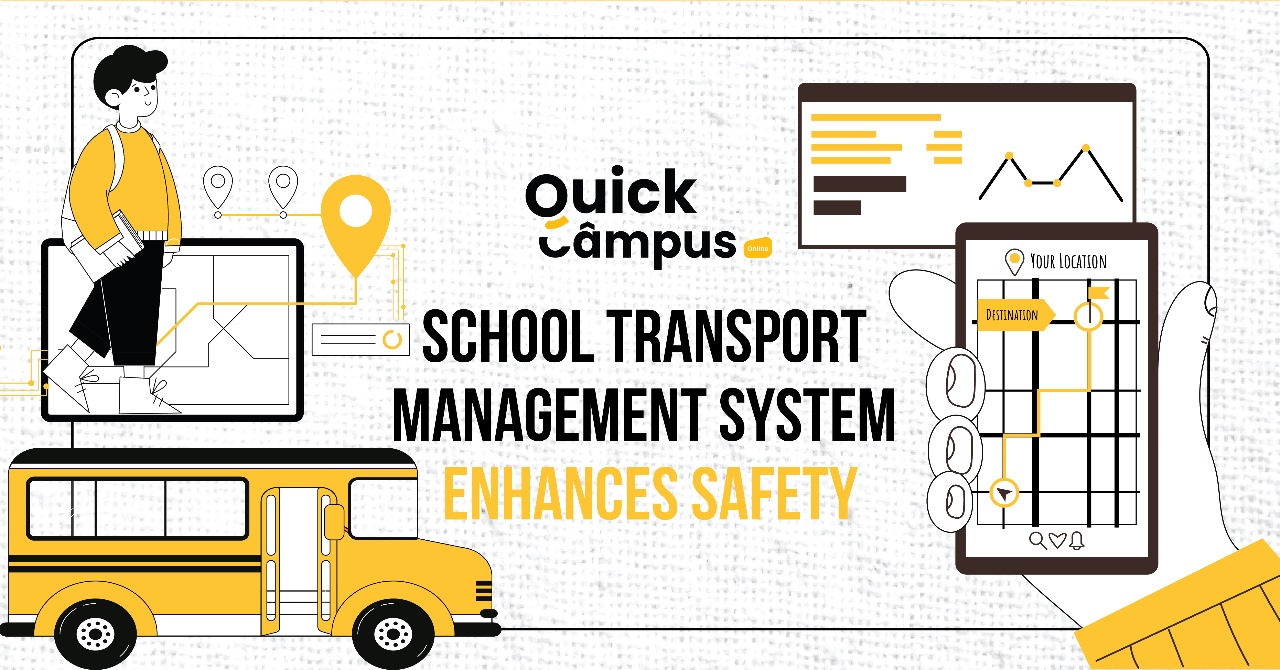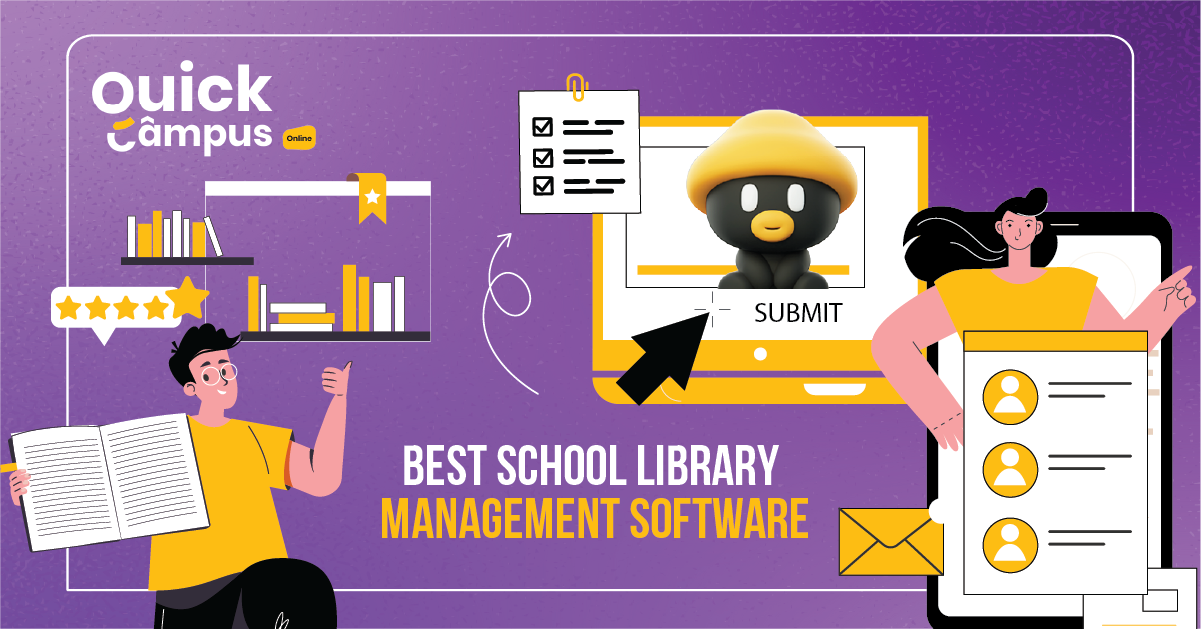Heuristic Method Of Teaching: Meaning, Objectives, & Principles
In education today, we are always looking for better ways of teaching. Heuristic teaching is one such method. Its motive is to engage students to think and discover things for themselves. Instead of just listening to the teacher, students become active participants in their education. It helps them understand things better and helps them learn lifelong skills.
Heuristic teacher says that learning is not just about hearing things. It is about discovering, asking questions, and solving problems. Encouraging students to figure out things for themselves enhances their ability to learn creatively and self-directively. This method is different for each student and allows them to learn in their own way.
In this article, we will focus on the heuristic field. What it is, how it works, and its importance. From solving problems to asking questions, we will examine different ways university teachers help students take a leadership role in their teaching. With examples and research, we will see how it helps students to learn socially and learn the skills they will need in the future.
What Is A Heuristic Method Of Teaching?
Heuristic approach to education means allowing students to discover things on their own. Education is not just about talking but about solving problems and challenges. It helps them learn better because they are engaged in finding the answers themselves. In this approach, students are critical to understanding and learning problem-solving skills. Teachers are there to help when needed, but students do most of the work themselves. Activities in this method are often hands-on, such as experiments or group projects. It helps everyone learn how to make education fun and help students think better.
Objectives Of The Heuristic Approach Of Teaching
Here are the objectives of the heuristic method of teaching:
1. Critical Thinking: Help students think deeply and make connections between ideas.
2. Problem-Solving: Teach students how to tackle tough problems and find solutions.
3. Active Learning<: Get students involved in learning by doing things, not just listening.
4. Independence: Encourage students to think for themselves and be confident in their abilities.
5. Curiosity: Spark students’ interest by asking questions that make them want to explore.
6. Creativity: Let students express themselves creatively and come up with new ideas.
7. Teamwork: Teach students to work together and communicate effectively with others.
8. Real-World Connections: Show students how what they’re learning applies to the world around them.
9. Deep Understanding: Help students truly understand concepts, not just memorize facts.
10. Lifelong Learning: Prepare students to keep learning and growing throughout their lives.
Principles Of Heuristic Method Of Teaching
Here are the principles of heuristic teaching explained in detail:
The Principle Of Activity
It means students learn best when they are actively doing things rather than just listening. In heuristic teaching, students get to explore, experiment, and figure things out for themselves. It’s like learning by playing and discovering.
The Principle Of Laws Of Learning
This principle says that learning tasks should match what students are capable of doing. If something is too hard, they’ll struggle, and if it’s too easy, they might get bored. So, teachers have to find the right level of challenge for each student.
The Principle Of Logical Thinking
Heuristic teaching helps students learn how to think logically by giving them examples and letting them figure out patterns or rules. They learn to solve problems step by step, which is like putting together puzzle pieces.
The Principle Of Purposeful Experience
It means that everything students do in class should have a purpose. Whether it’s an experiment or a project, it’s all about helping students understand things better. They learn by doing and thinking about what they’re doing, which makes learning more meaningful.
These principles guide teachers in creating engaging lessons that help students learn in a fun and effective way.
The Role Of Teacher In The Heuristic Approach Of Teaching
In heuristic teaching, the role of the teacher is different from traditional methods. Here’s how:
1. Facilitating Learning Through Inquiry
In the heuristic approach, the teacher serves as a facilitator, guiding students on a journey of discovery and understanding through inquiry and self-exploration.
2. Creating A Supportive Learning Environment
Teachers play a crucial role in establishing a classroom environment that fosters open communication, student engagement strategies, and a sense of safety where students feel comfortable asking questions and sharing their ideas.
3. Designing Engaging Activities
Teachers design activities that encourage students to actively explore and experiment with new concepts rather than passively receiving information. These activities may include hands-on experiments, simulation training, group discussions, and Q&A sessions.
4. Providing Guidance And Feedback
Throughout the learning process, teachers provide guidance and feedback to help students reflect on their experiences. It may involve asking thought-provoking questions, offering additional resources, and providing constructive criticism to support students’ growth.
5. Encouraging Independent Thinking
Teachers encourage students to think independently and critically by challenging assumptions, questioning authority, and fostering a spirit of intellectual curiosity. They empower students to develop their ideas and perspectives.
6. Promoting Collaborative Learning
Teachers facilitate collaborative learning experiences where students work together to solve problems, share insights, and learn from one another. This collaborative approach encourages teamwork and strengthens students’ communication skills.
7. Cultivating A Growth Mindset
Teachers promote a growth mindset by emphasizing the value of effort, perseverance, and resilience in the learning process. They encourage students to embrace challenges, learn from failure, and celebrate success.
8. Adapting To Individual Needs
Teachers recognize and accommodate the diverse learning styles, abilities, and interests of their students. They tailor their instructional strategies to meet the unique needs of each learner, providing personalized support and encouragement.
Overall, the role of the teacher in heuristic teaching is multifaceted, encompassing the creation of a supportive learning environment, the design of engaging activities, the provision of guidance and feedback, and the promotion of independent thinking and collaboration.
Benefits Of The Heuristic Method Of Teaching
There are several benefits associated with the heuristic method of teaching. Some of the advantages of this teaching approach are as follows :
1. Encourages Active Learning:
Heuristic teaching promotes active engagement with the material, encouraging students to delve into the subject matter rather than passively receiving information. It fosters a deeper understanding of concepts and encourages students to question and explore.
2. Enhances Critical Thinking Skills:
Through exploration and inquiry, students develop critical thinking skills as they analyze, question assumptions, and challenge their own beliefs. This ability to think critically is valuable both in academic settings and in real-world situations.
3. Fosters Creativity:
The heuristic method encourages students to approach problems and challenges in innovative and creative ways. By nurturing creativity, students are better equipped to tackle complex problems and think outside the box.
4. Develops Problem-Solving Skills:
With a focus on problem-solving and discovery, heuristic teaching helps students develop robust problem-solving abilities. These skills are particularly beneficial in fields requiring complex problem-solving, such as science, engineering, and business.
5. Promotes Independent Learning:
By empowering students to explore and discover new concepts on their own, heuristic teaching promotes independent learning. This cultivates self-reliance and the ability to learn autonomously, crucial skills in today’s rapidly changing world.
6. Stimulates Curiosity And Inquiry:
Heuristic teaching encourages curiosity and inquiry by presenting students with open-ended questions and challenges. This stimulates a sense of wonder and encourages students to explore topics in greater depth.
7. Supports Retention Of Knowledge:
Because students are actively engaged in the learning process, they are more likely to retain the information they learn. By connecting new concepts to their existing knowledge and experiences, students solidify their understanding and enhance retention.
8. Encourages Collaboration:
Heuristic teaching often involves collaborative learning experiences where students work together to solve problems and share insights. This promotes teamwork, communication skills, and the exchange of ideas among peers.
9. Aligns With Real-World Applications:
The heuristic approach often connects learning to real-world applications, making the material more relevant and meaningful to students. This helps students see the practical implications of what they are learning and prepares them for future endeavors.
10. Cultivates Lifelong Learning Habits:
By instilling a love for learning and fostering independent inquiry, heuristic teaching cultivates lifelong learning habits. Students are more likely to continue seeking knowledge and developing new skills beyond the classroom.
Overall, the heuristic method of teaching offers numerous benefits, from enhancing critical thinking and problem-solving skills to promoting creativity, collaboration, and lifelong learning habits.
Limitations Of The Heuristic Method Of Teaching
Here are some limitations of the heuristic approach:
1. Takes More Time
Sometimes, learning through exploration can take longer than just listening to the teacher. It’s like when you want to explore every nook and cranny of a new place, it can take a while!
2. Can Feel Confusing
Without clear instructions, it might feel like you are lost in a maze. Sometimes, not having a clear path to follow can be scary or confusing.
3. Everyone Learns Differently
Since everyone is exploring in their own way, some friends might understand things quickly, while others might need more time to figure things out.
4. Testing Is Tricky
When it comes time to show what you’ve learned, it can be hard to do it the usual way. Tests might not show how much you know because it’s not just about remembering facts.
5. Need Lots Of Stuff
Exploring means needing lots of tools and materials, like books, computers, or even things for experiments. Not every classroom has everything you need for that.
6. Teachers Need To Be Good Guides
Teachers have to be good at helping you through the adventure of learning. It’s like having a wise guide who knows where to go next.
7. Keeping Everyone Interested
Sometimes, without a clear plan, some friends might start to lose interest. It’s like trying to keep everyone excited during a long car ride.
8. Not For Every Subject
While exploring is fun, some things are better learned with a clear plan or instructions. Like math problems might need a step-by-step guide.
9. Change Can Be Hard
Not everyone likes changing the way they learn. Some friends might feel more comfortable sticking to the way things have always been done.
10. Might Get Confused
Without someone to show you the way, you might end up taking the wrong path. It’s like trying to follow a map without any directions.
Conclusion
So, we can say that the heuristic method of teaching is extremely beneficial and enjoyable. At Quick Campus, our school management system assists students in effortlessly recognizing their passions and then delving deeper into learning about them. This teaching method offers numerous opportunities for students.

